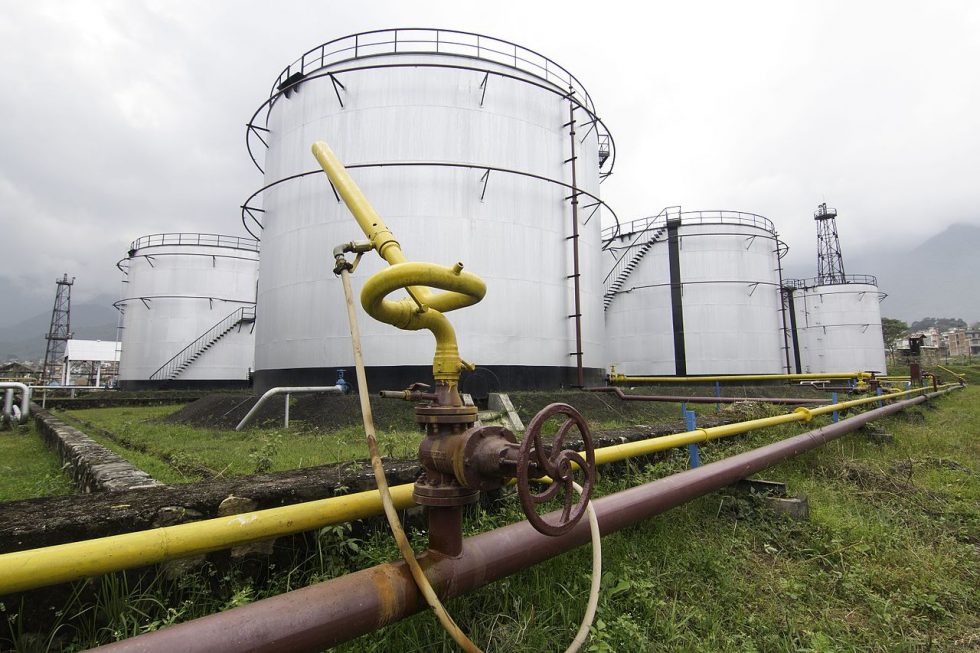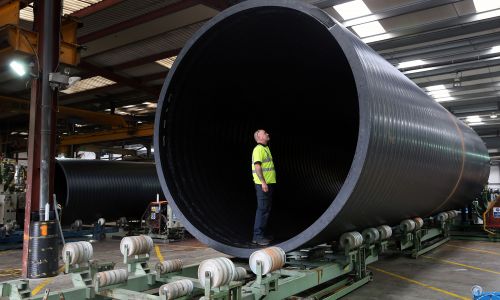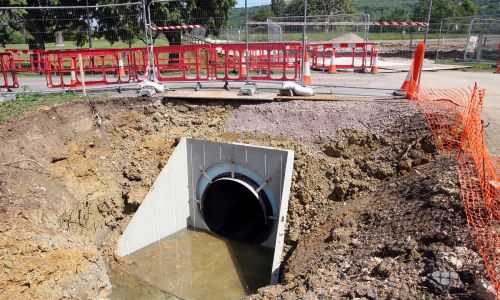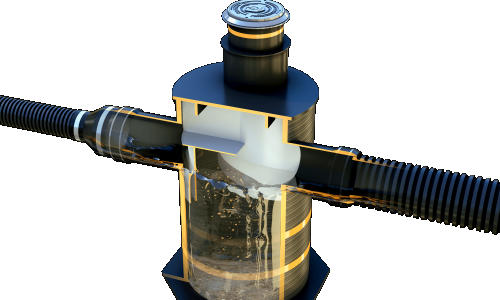11th August 2017
Bioterrorism in the water industry - how safe is our water supply?
The vulnerability of our water supplies to disruption and contamination by potential terrorist or malicious acts is a growing concern for authorities across the country. It’s a terrifying prospect, the thought of our cities’ water supplies being poisoned with a deadly pathogen, but nonetheless, one that is all too real. While this may sound a little on the dramatic side, the fact of the matter is that our water supply is potentially susceptible to acts of bioterrorism.
So far so terrifying, however you’ll be pleased to know that contamination of a body of water like a reservoir, or a water management facility like a pumping station, with a biological agent would likely not produce a large risk to public health due to a number of different factors, the principle two being:
Dilution effect Due to the sheer volume of water in our waterways and water systems, any contaminant would have to be introduced in extraordinarily large quantities in order to have mass impact on the general population. As some people say “dilution is the solution to pollution”, and the same also applies to some extent with toxins. This line of defence is strongest in our rivers, lakes and even streams and particularly also in our dams and reservoirs, which can hold anywhere from a couple of million to several hundred billion gallons of water.
Filtration and disinfection of the water Filtration and chlorination is the most common method of water disinfection in the developed world and has been identified as one of the major public health successes of the 20th century. Most bacteria and viruses are generally inactivated by the chlorination process, including some toxic pathogens, eg – cholera and the botulinum toxin that causes botulism. However, other biological agents including anthrax spores, are resistant and can remain stable in water for up to two years.
Of course, these factors haven’t stopped hundreds of separate incidents of water bioterrorism offences taking place over the past few decades, although it should be pointed out that very few have had any measure of success.
Some of the most notable attempts include:
Weather Underground – In the early 1970s, the Weather Underground, a left-wing radical organisation, planned to contaminate public water supplies in an attempt to overthrow the US government. Their plan included blackmailing a homosexual officer at the US Army’s bacteriological warfare facility into supplying them a toxic pathogen, however, they never gained possession of the chemicals because suspicions were raised when the officer requested substances unrelated to his job duties.
Cellatex – In 2000 workers at a Cellatex chemical plant in France plotted revenge when they were denied workers’ benefits. When peaceful negotiations proved unsuccessful the workers dumped 5,000 litres of sulphuric acid into a tributary of the River Meuse. However, safety workers were able to stop the poison spreading before it ever entered the river, avoiding widespread contamination.
Despite the lack of efficacy of water bioterrorism offences over the years, it does not mean that the water sector has been resting on its laurels when it comes to considering the security of its vast infrastructure. Since 9/11 the US in particular has spent hundreds of millions of dollars in upgrading the security of its water sector, and a whole raft of fresh legislation has been introduced in most developed nations across the globe, particularly those at high risk of terrorism offences.
Legislature and advice has included:
Increased use of ozonation at treatment facilities to complement chlorination to help prevent pathogens from reaching consumers Installation of tamper proof man holes Upgrading of monitoring equipment for real time detection of toxic materials Enhanced security at high risk facilities including major urban facilities and reservoirs. However, and in spite of a far greater awareness of the potential for bioterrorism in the water industry, there is an overwhelming consensus that due to the sheer scale of the infrastructure involved in providing us with clean drinking water, there is only so much that can be done to ensure our safety and an acknowledgement that there will always be points of weakness that could be exploited by ruthless terrorists.
Fortunately for us, the particular difficulties involved in launching a full scale, hugely effective bio attack on our water networks are such that, in the main, terrorists have avoided exploiting what is our most valuable natural resource.



